
Dr. Clove posted such a message on his microblog:

In a simple word, it received a warm response from netizens. Everyone expressed their desire to take the pass because it was too heart-rending.
If contemporary young people are allowed to vote for the physiological phenomenon that should disappear most on earth, alopecia will definitely be on the list…
In fact, most of the alopecia that worries hundreds of millions of boys and girls belongs to [androgenic alopecia]. Abominably, although it is called male alopecia, it does not even let girls go.
Only when you know your enemy and yourself can you fight without danger. Before starting the battle to defend your hair, let’s first understand the culprit [Xiong Tuo].
Androgenic alopecia (AGA), abbreviated as male alopecia, is the most common type of alopecia, and the vast majority of alopecia belongs to male alopecia.
The onset period of male detachment is very early, mostly starting from puberty or late youth. Men aged 20-30 are the hardest hit areas. With the increase of age, the incidence rate of male detachment shows an obvious upward trend.
After 90, how is your hair? Don’t be proud after 00, after all, you will soon be 20 years old…
Because women also secrete androgens, males will not let women go, but the attack is relatively light. The prevalence rate of males in China is about 21.3%, and that of females is about 6.0% [2].
In other words, nearly 200 million Chinese are suffering from male detachment.
The End-result of Male Tuo: Boys Mediterranean, Girls Christmas Tree
At the beginning of the male, the hair on both sides of the forehead is slender and sparse, and the hairline of the forehead recedes backward and gradually extends to the top of the head, often in the shape of M, or C, U, etc.
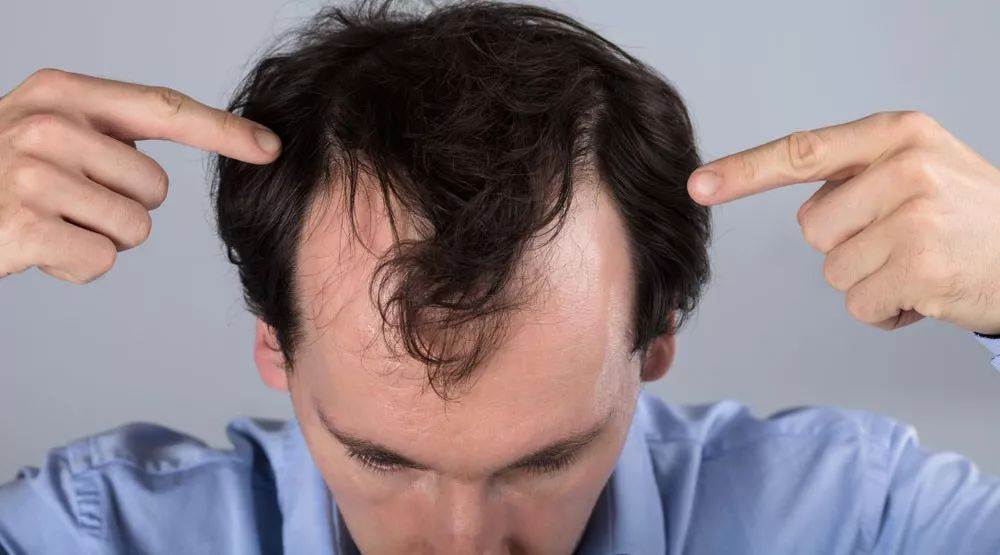
Then, alopecia on the forehead and top of the head can merge with each other and become [Mediterranean] in severe cases.
Female males take off relatively lightly, and the hairline generally does not move backward, but the hair between the top of the head and the hairline will become sparse and slender, like [Christmas tree].

Bad [Male] Children: Why Androgen Causes Alopecia?
Everyone knows that androgen is the key factor in male dementia. However, the androgen level of almost all male dementia patients is normal.
In fact, androgen only provides raw materials for hair follicle atrophy and death, and the reaction caused by [dihydrotestosterone] + [androgen receptor] is the direct cause of hair follicle atrophy.
Studies have shown that compared with common hair follicles, the expression of [androgen receptor] gene or [type II 5 reductase] gene in hair follicles in alopecia areas is higher, resulting in stronger lethality of androgen to susceptible hair follicles.
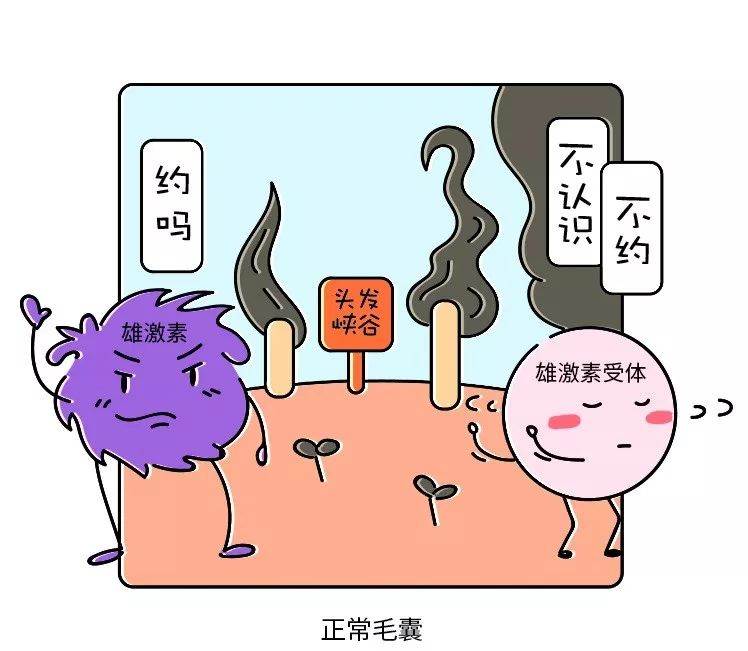
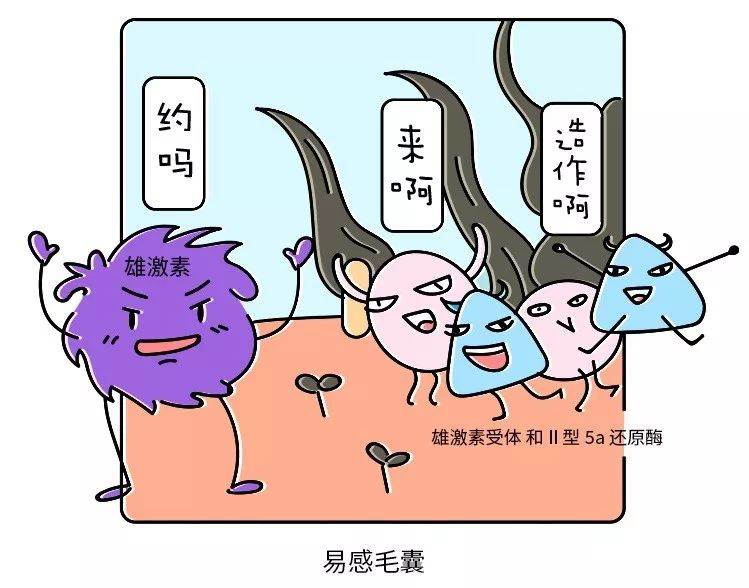
The dermal component cells of susceptible hair follicles contain specific [type II 5 reductase], which can convert [androgen testosterone] into [dihydrotestosterone].
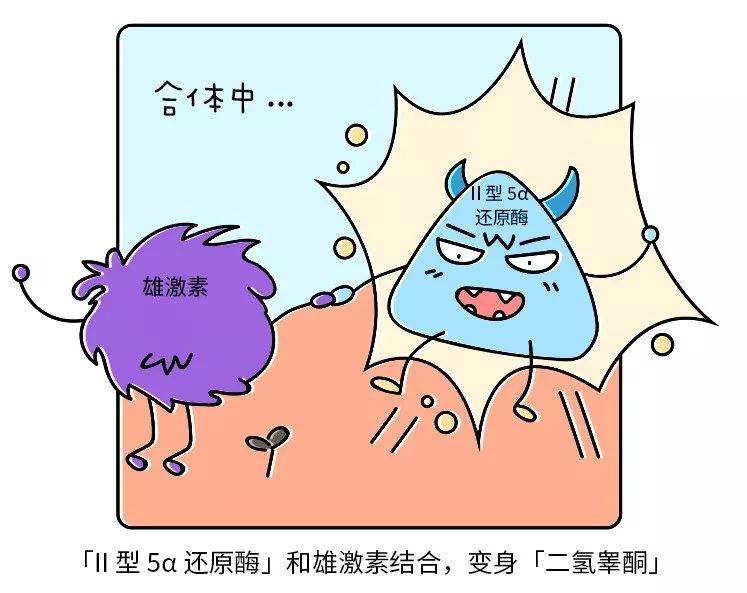
Then it binds to the [androgen receptor] in the cell, causing a series of reactions, causing progressive miniaturization of hair follicles, alopecia and alopecia [1].
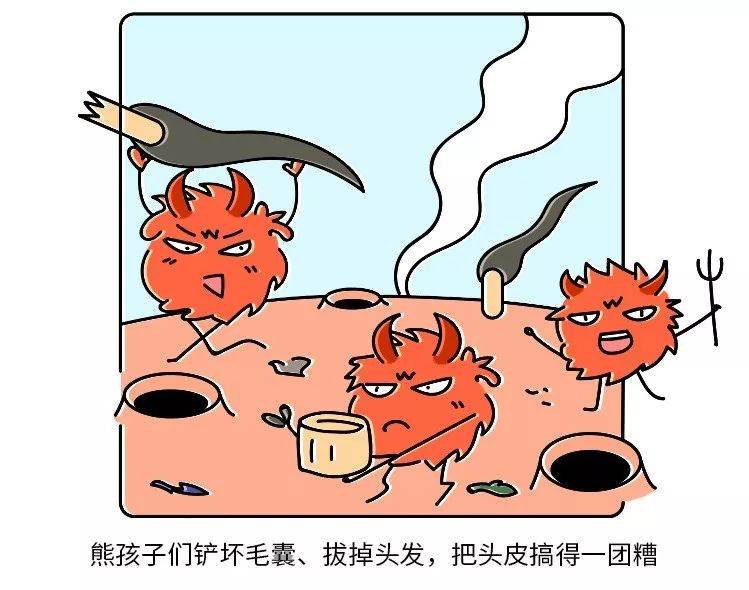
The driving force behind the male tuo: ancestral, sleeping too little, eating too much oil and thinking too much
Male detachment is a multi-gene recessive genetic disease. At present, many susceptible genes have been found, but the pathogenic gene has not yet been identified [1].
Male dementia has a genetic tendency, and the probability of the next generation of patients is higher than that of ordinary people, but it is not 100%. Epidemiological investigation shows that 53.3% ~ 63.9% of male dementia patients have family genetic history, and paternal line is significantly higher than maternal line [1].

Lack of sleep (long-term < 8 hours) or poor sleep quality may stimulate adrenal gland, leading to increased androgen secretion and aggravating male apoplexy.
Long-term intake of spicy, greasy and raw and cold food is easy to raise cholesterol in the body, and blood is in a state of high viscosity, causing microcirculation disturbance and affecting the nutrition supply of hair.

Mental stress, anxiety and excessive use of the brain can cause disorders in nerve regulation that controls skin blood vessels, contraction of capillaries, and sudden reduction of oxygen and nutrients supplied to hair follicles.
Mental stress will also increase sebum secretion, and sebum accumulation will lead to excessive hair follicle spat, embolism and gradual miniaturization, thus leading to alopecia.
In addition, smoking and long-term drinking can also promote and aggravate male detoxification.
Ten million articles are prevented from taking off, and the first article is to improve living habits.
I didn’t expect that there were so many factors that might lead to male detachment. After watching it, I lost a few more hairs anxiously.
The good news is that alopecia caused by other factors besides heredity can be relieved by improving living habits.
First, we should ensure adequate sleep (7 ~ 8 hours) and avoid staying up late.
Second, after work and study, we should relax and have fun properly, combine work and rest, and keep our mood at ease.
Third, the diet should be balanced and keep low sugar and fat. [Bye-bye doughnuts, bubble tea instant noodles, hot pot rice noodles and large plate chicken…]
However, we should not go on an excessive diet. To ensure sufficient protein intake, vegetarians should supplement nuts and beans appropriately. Also avoid taking excessive vitamin A.

Fourth, quit smoking.
If misfortune is inherited male detachment, or must [jump the wildest Di, drink the strongest wine], can also be under the guidance of a doctor, through drugs or physical therapy to retain hair
Treatment of male detachment: It is advisable to stick to it and avoid giving up halfway.
Men can take finasteride orally to discipline the activity of [bad children] type II 5 reductase, inhibit its activity, and restore the growth of atrophic hair follicles. The curative effect is definite and the tolerance is good, but occasionally patients will suffer from hyposexuality and other phenomena.
Women can take androgen receptor antagonist drugs orally to reduce androgen secretion, but there are some contraindications or adverse reactions, which must be used according to the doctor’s advice.
In addition, both men and women can apply minoxidil to the scalp to expand scalp blood vessels, improve local microcirculation and promote hair growth.
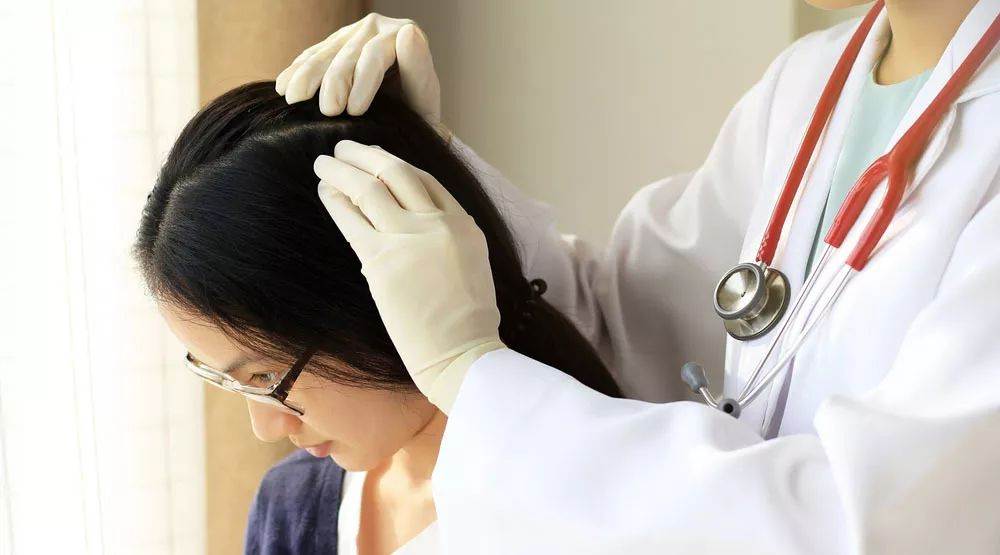
Minoxidil takes an average of 3 months to take effect and needs to be used continuously for half a year to more than 1 year. If you are impatient and cannot grow good hair, you can win only if you persist and cannot give up halfway.
In addition to drug therapy, low-energy laser therapy (LLLT) has also begun to enter people’s field of vision.
Studies have shown that LLLT has biological effects such as reducing local inflammation, improving local blood circulation and promoting cell mitosis. It has been used by NASA for wound treatment to accelerate wound healing [5]. Most experts believe LLLT is safe.
In the 1960s, Hungarian doctor Mester discovered for the first time that low-energy laser can induce hair regeneration during animal experiments [6].
Since 2007, FDA has used LLLT equipment with wavelengths of 655 nm, 678 nm and 650 nm to treat AGA. This may be related to LLLT improving local blood and lymphatic circulation of hair follicles, reducing inflammation and stimulating mitosis of hair follicle cells.
Foreign scholars have reviewed and analyzed the research results of LLLT in the treatment of alopecia, and found that after LLLT clinical treatment, both male and female alopecia patients have significantly improved in hair quantity and hair density, with fewer adverse reactions [7].
Generally speaking, LLLT has definite curative effect and high safety in the treatment of AGA, and can be used as an important auxiliary method in the treatment of AGA.
